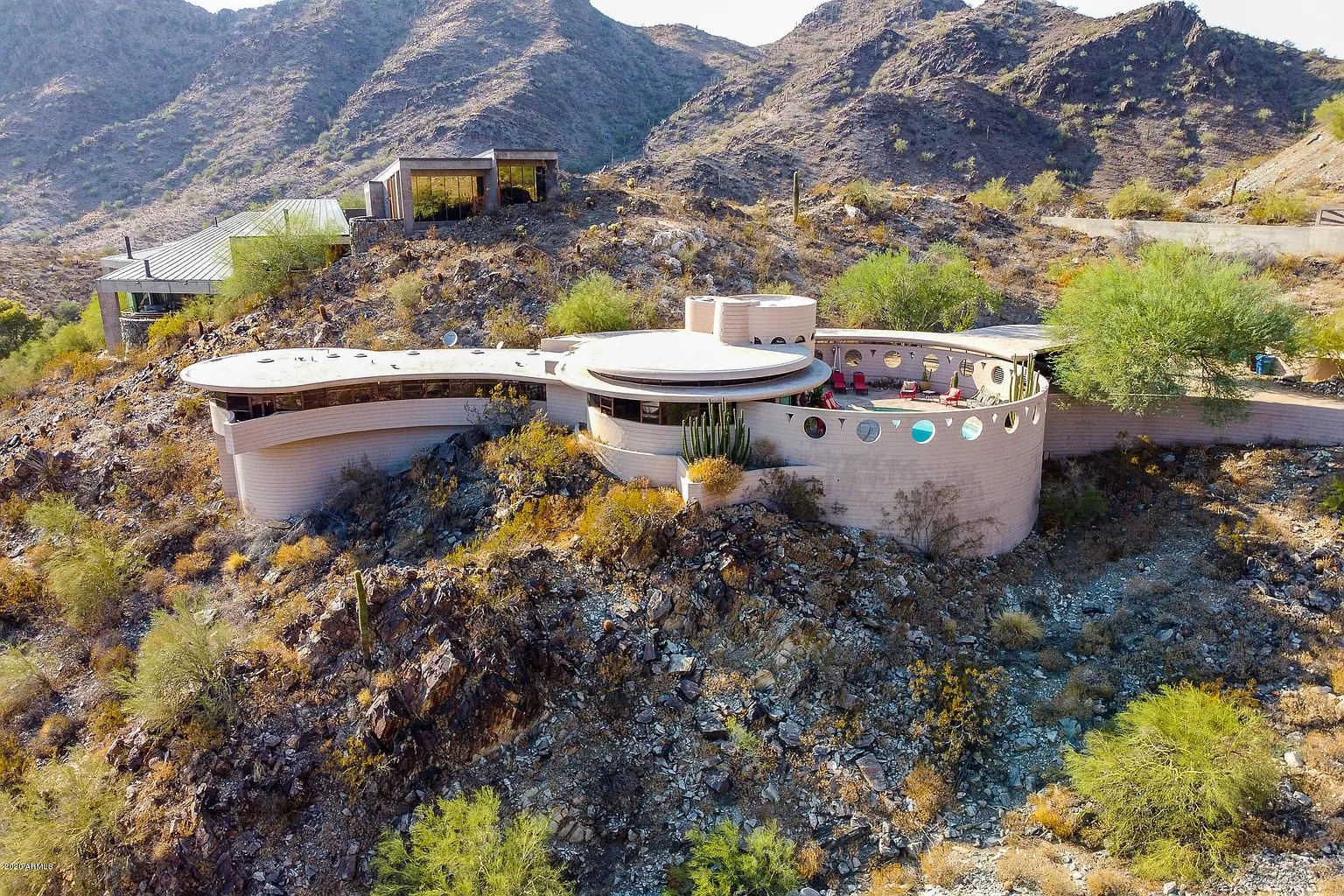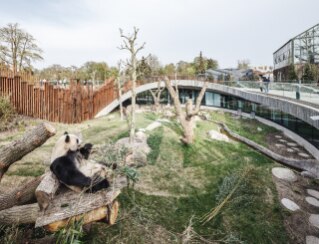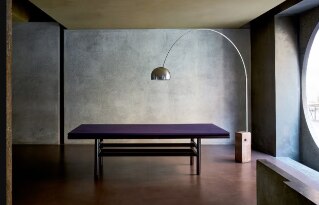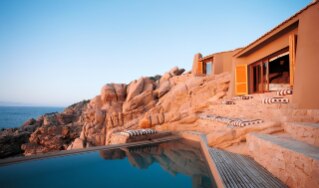Other symptoms of this nostalgia japonica might be my attempts to recreate in writing and drawing a simple equilibrium of form and content, to express myself freely along the lines of a formidable ethical and moral tradition, or simply to cultivate a passion for the qualities of raw food, for the reflection of light on a gold surface or the gesture of a hand. But disregarding these, I still clearly remember my impression of Sejima's first studio, where Miyuki and Sergio accompanied me after a series of lengthy subway rides. Surrounded by dozens of models, under a ceiling that was almost too low, Sejima-san found the time (little) and the space (even less, temporarily cleared on one of the over-crowded tables) to talk about her work with me for the first time. I wasn't very familiar with it, but it intrigued me for being a strange combination of inexpressionism à la Archizoom or Superstudio, and a kind of surrender to pop temptations. Sejima-san was already highly committed to her work as an architect. Indeed, she had very clear objectives (inexplicably so, I'd say, 14 years ago when intellectual confusion was sidetracking many creators) regarding the ways concrete constructions could add to the quantity and quality of positive experiences for their inhabitants.
Since then, the past has not passed for Sejima, who continues to smoke and smile. Maybe she smiles more than she smokes now that she has built projects which many others would probably have liked to build, but would be unable. I have had the opportunity to see some of these projects, such as De Kunstlinie in Almere, The Netherlands, where I distinctly felt how Sejima-san and Ryue Nishizawa (the two solid partners of the architecture firm SANAA) would have soon taken the place of other more confused names in architecture, on account of their ability to translate the difficult contemporary condition into high-quality space.
I arrived on Inujima Island after an initiation voyage of sorts, including a long trip by Shinkansen from Tokyo to Okayama, an excruciatingly slow taxi drive to Hoden, and a final motorboat ride to the mysterious island. Nowadays this place is only inhabited by the wonderful industrial ruins of the Seirensho copper refinery (a kind of Parthenon or Roman Forum of Asian industry), and a few dozen islanders who resist the freezing winters and muggy summers. The new impression I received upon arriving was that here, on this miniature swatch of land, a converging astral triangulation had resulted in the possibility of creating a representation of what Japan could be like. In other times, this representation would have been called sacred, but today it is better to call it artistic. It is about the ancient way of life on this island (see the F-Art House and I-Art House pavilions) the necessity for timeless experiences (the aluminium cupola held up by slender posts) and a sense of contemporaneity (the pavilion made of transparent acrylic).
With this representation, in the futile polemic between architects and artists (or rather between the professional commentators of their work) concerning who should come off best in the configuration of art spaces, it seems that Sejima demonstrates an obvious superiority of architecture over art, meaning over any art installation that could be positioned inside these spaces she has created. This is because the experience of space and meaning that they convey, even when empty or unfinished, is already an aesthetic experience in its own right. The aluminium cupola Sejima designed as a shelter from the sun and heat of Inujima's summers is also a large musical instrument. If you tap it lightly with your hand, a sound resonates that comes straight from a world without electricity, television, the Internet, iPods, iPhones or iPads. It is a world that belongs to human beings with only their original senses.
The most abstract of the structures – a solid, broken curve built in transparent acrylic – is for now a solitary presence between one village house and the next, waiting to be filled with a work of art, yet already a work of art in itself. It is a homage to the island's remaining residents, a memory of the inhabitants who succumbed to the temptation to leave (but whose presence can still be perceived in the abandoned houses). It is a small non-rhetoric monument to technology and its future, which might entail an entirely uninhabited planet, for example if the environmental cataclysms generated by climate change are not considered as the rule rather than exceptions.
If this happened (as Alan Weisman describes so well in his edifying book The World Without Us1) the S-Art House pavilion could remain standing forever, or at least for many thousands of years, considering the practically indestructible nature of acrylic. It would remain standing to tell the tale of a fleeting moment of conscience in art history: the one where the arts patron Soichiro Fukutake, the curator Yuko Hasegawa and, of course, the architect Kazuyo Sejima imagined that the construction of an equilibrium between space, art and the "natural" environment would be possible right here on Inujima Island. This is a place removed from the world, where there are so few people to run into, beneath a sky that glows Morning Glory purple, where in June (as the rain and freezing weather were continuing in Italy) the cormorants play with the flying fish over the sea, making it seem as if we are not far from the Gates of Paradise.
For now, we continue to live on Earth, perhaps only for these rare moments of happiness which are unfortunately usually given to us by exceptional and scarcely repeatable circumstances. These moments can emerge regularly in our memories, either involuntarily or by making an effort that becomes more strenuous as the years pass. This is one of the reasons why I wanted to venture out to this island, where I would have never gone otherwise. Maybe I hoped to cure my nostalgia japonica, but it has stayed with me, stronger than before, thanks to Sejima-san and her wishes that came real. Is it because she believes in the reality of her wishes?
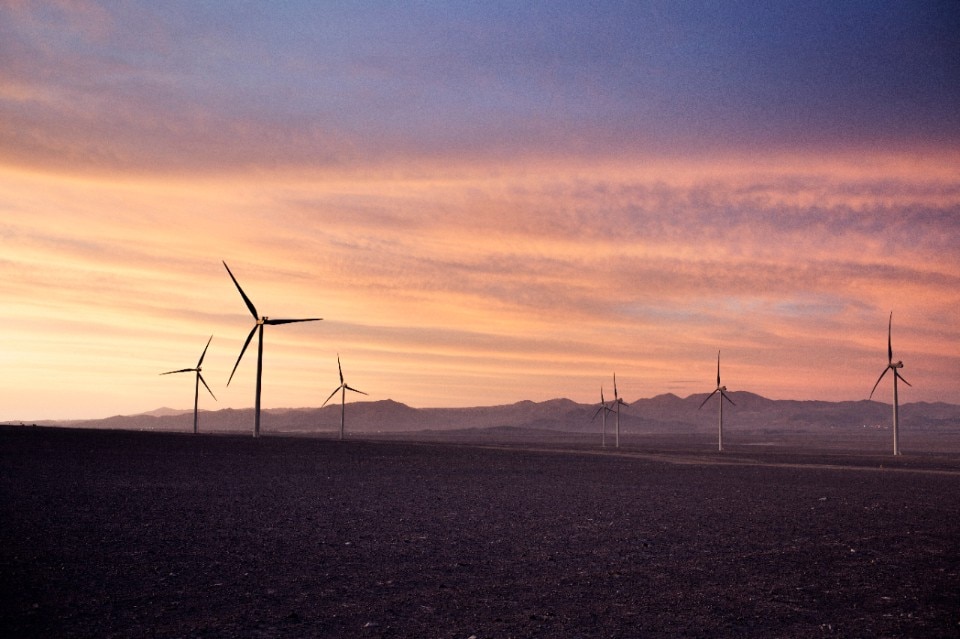
Tomorrow's energy comes from today's ideas
Enel extends the date to join the international “WinDesign” contest to August 30, 2025. A unique opportunity to imagine the new design of wind turbines.



